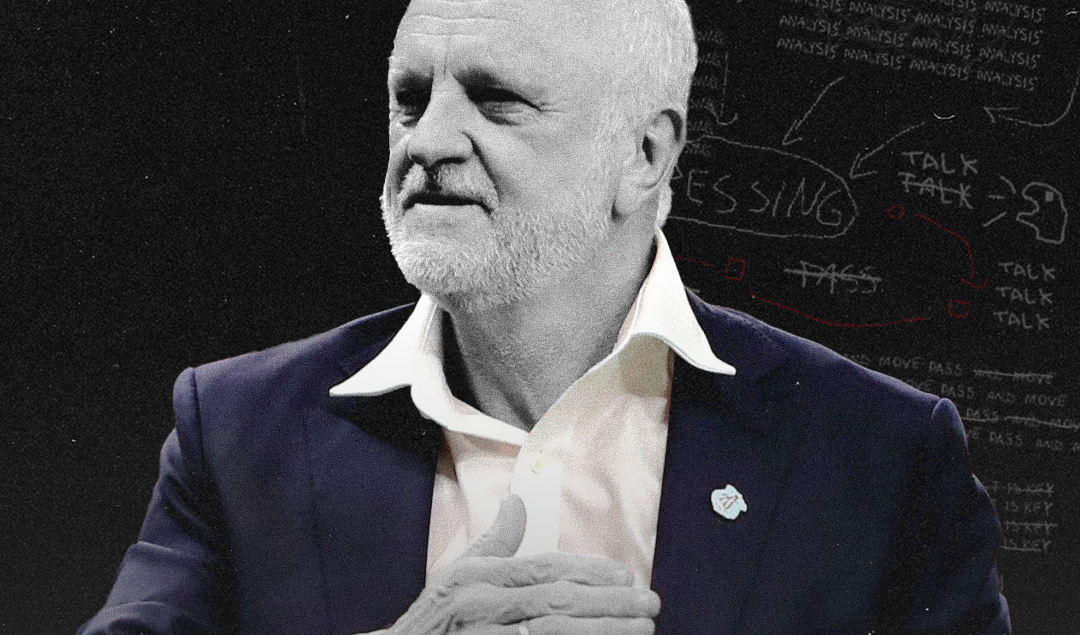The Popovic Effect: Australia Bid to Make Their Mark at the 2026 World Cup
Australia will head to the 2026 FIFA World Cup in the United States, Mexico and Canada with genuine hopes of making a big splash at the tournament. While no-one realistically expects them to lift the trophy, a run to the round of 16 or quarter-finals is not beyond the Aussies next summer.
They have enjoyed a resurgence since former Crystal Palace defender Tony Popovic replaced Graham Arnold as head coach last September. Australian bettors more accustomed to playing online bingo games now have another viable option they can use to fuel their passion for gambling. Much like garnering the winning numbers for a house in the iconic game, Popovic has expertly pieced together a squad which could hit the jackpot in North America.
He typically sets up his team in a 3-4-2-1 or 3-2-4-1 shape that lays the foundations for Australia’s controlled build-up play. The three central defenders are spread wide with a double midfield pivot ahead of them. That gives them the option of progressing the ball through central areas. The attacking duo operates between the lines and are supported by wing-backs who add width to the build-up by hugging the touchlines.
Popovic has introduced a clearly defined tactical structure, which could help Australia cause problems for more fancied teams during the World Cup. He adapts his pressing instructions based on the opposition. When Australia took on Japan early in his tenure, he set up the team in a mid-block rather than a high press.
They focused on blocking passing lanes to force Japan wide or backwards. When the ball went wide, the wide midfielder pressed the full-back while the double pivot reshuffled to cut out central passing lanes. Popovic understands that if he asks his side to press highly technical teams high up the pitch, they could easily be overrun. His tactical acumen should serve Australia well at the World Cup.
Australia defend in a compact shape but mostly use a high line to ensure the defenders and midfield pair are close together. They are extremely difficult to break down. When out of possession, the wide midfielders take up narrow positions to stop opponents from progressing through the middle. If the opposition attacks through the wide areas, Australia have the numbers and aerial advantage to deal with the threat.
Popovic is comfortable leaving his wing-backs to deal with 1v1 situations. Rather than doubling up on a winger, an additional player positions himself to block a cross into the box. His attacking system still needs work. He gives one of his midfielders the green light to break the strict rule of keeping both pivots close to make late runs into the box.
The floating midfielder is also allowed to create triangles and overloads, usually out wide, to create chances through cut-backs. The central defenders also push up to create more aggressive counter-pressing situations and pin the opposition back. However, they still need to develop this methodology under Popovic.
Popovic’s set-up morphs into a 3-2-5 system when Australia are attacking. The wing-backs push higher up the pitch and stretch the opposition’s defensive unit by hugging the touchlines. The inside forwards or attacking midfielders occupy the half-spaces, with a striker leading the line. Australia will need more rotations and direct link-ups between the wing-backs and inside forwards at the World Cup. Popovic must select players who can improve the team’s quality between the lines.
With just under a year to go before the tournament starts, Popovic still has time to tweak his tactical system. Given what he has already achieved, Australian fans have plenty of reasons to be optimistic.
